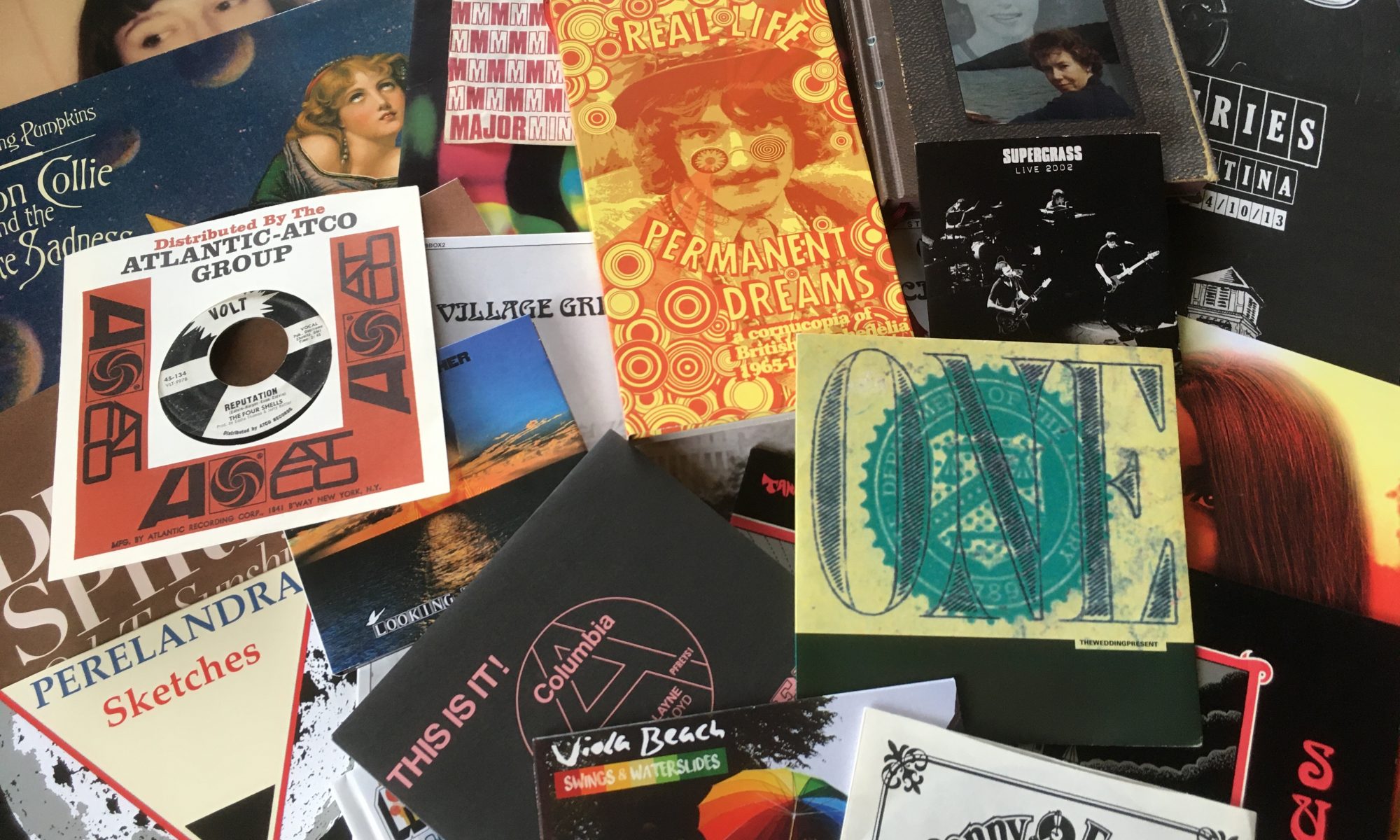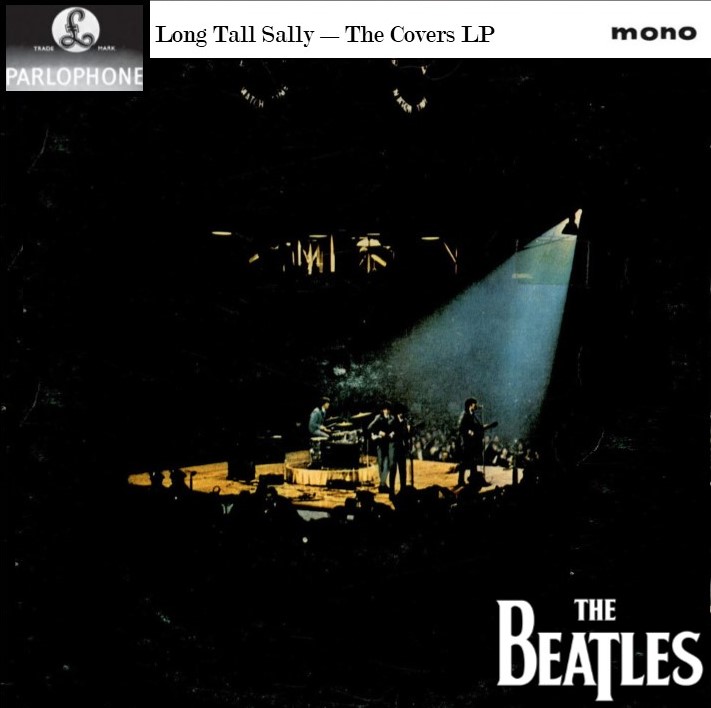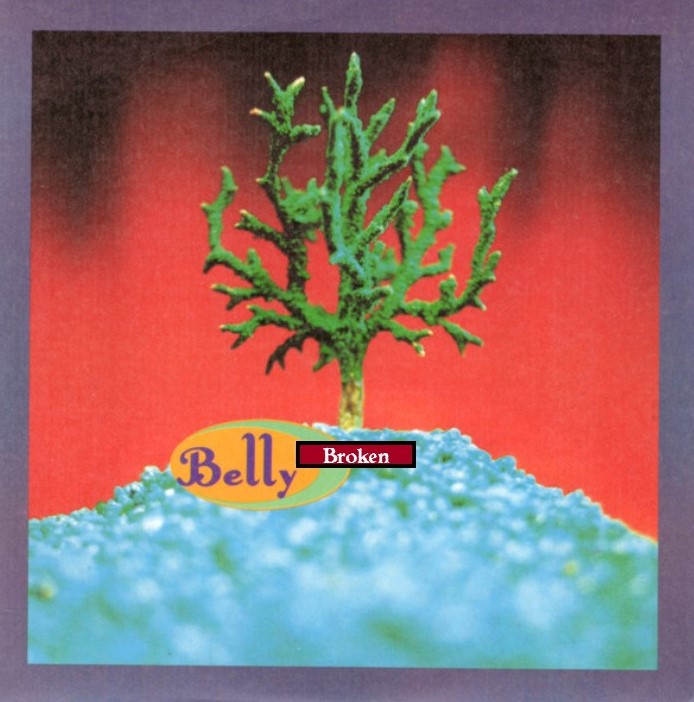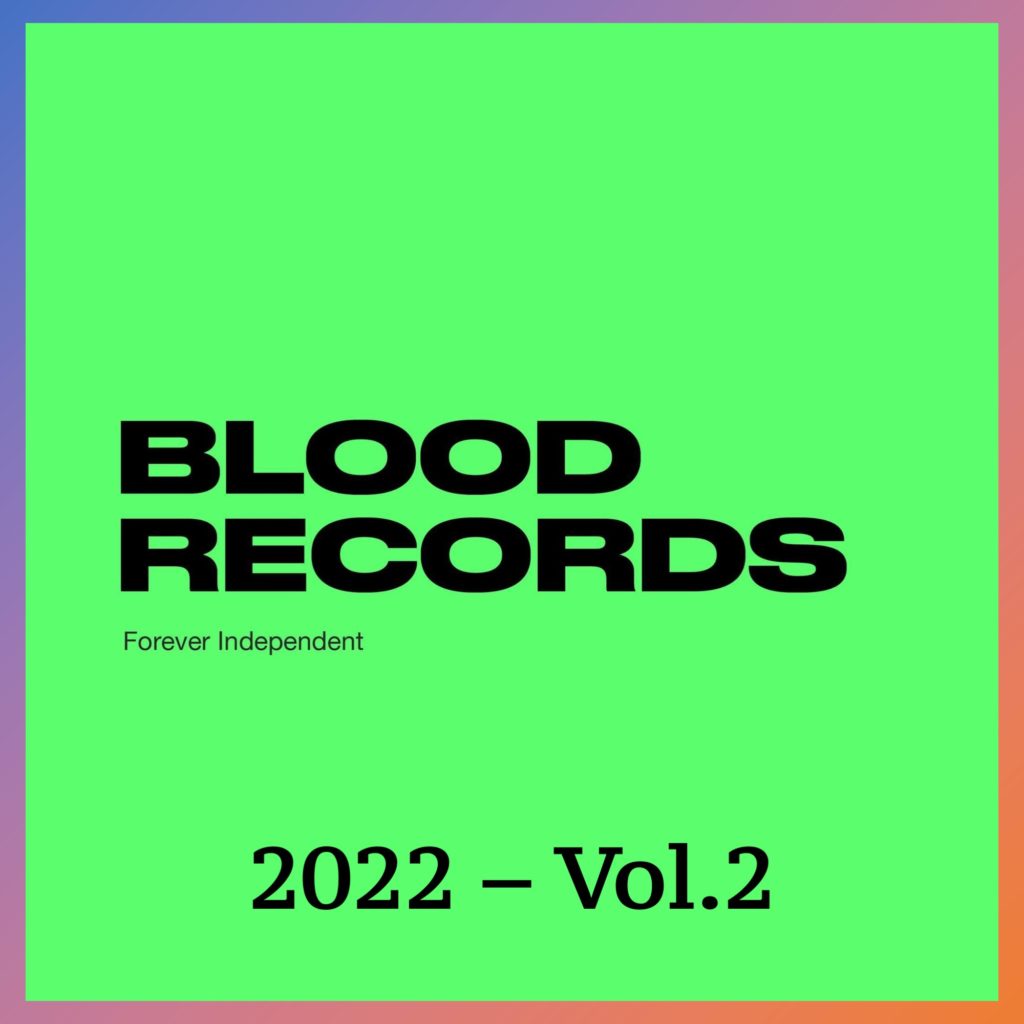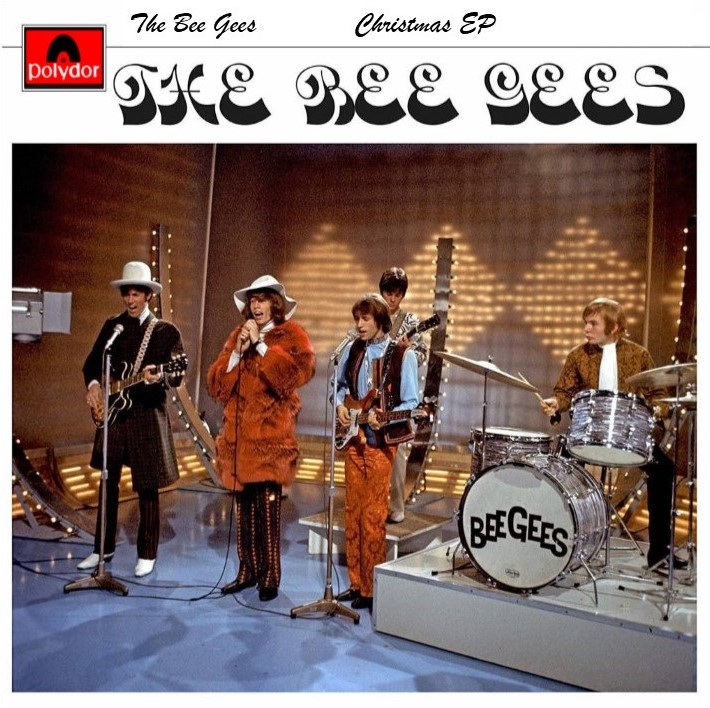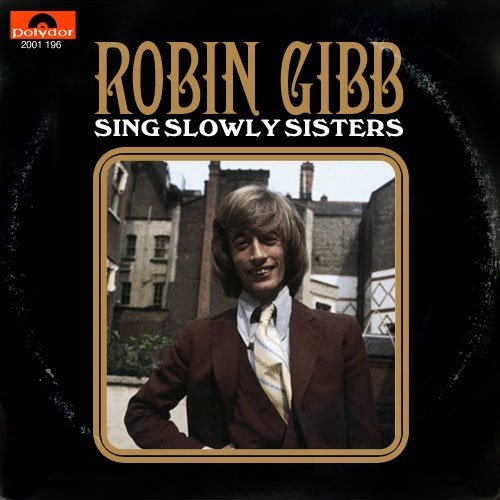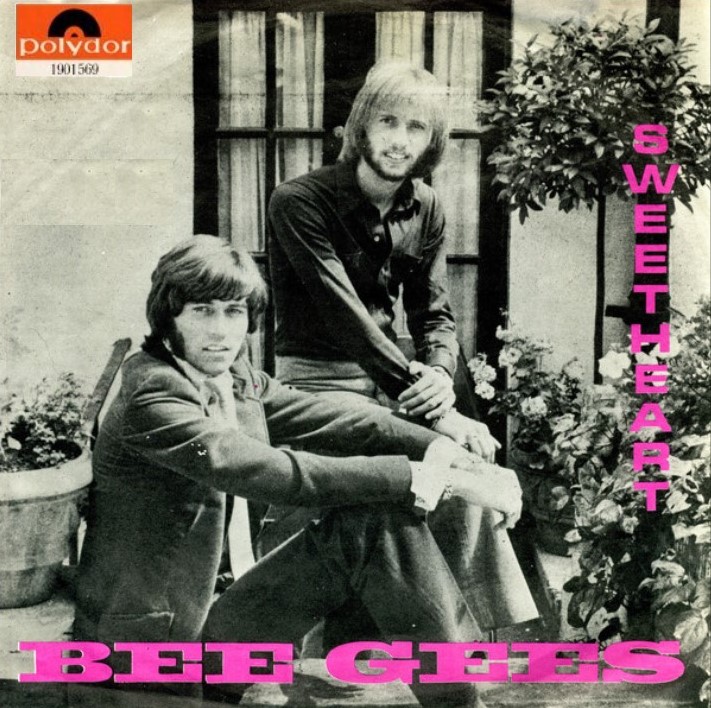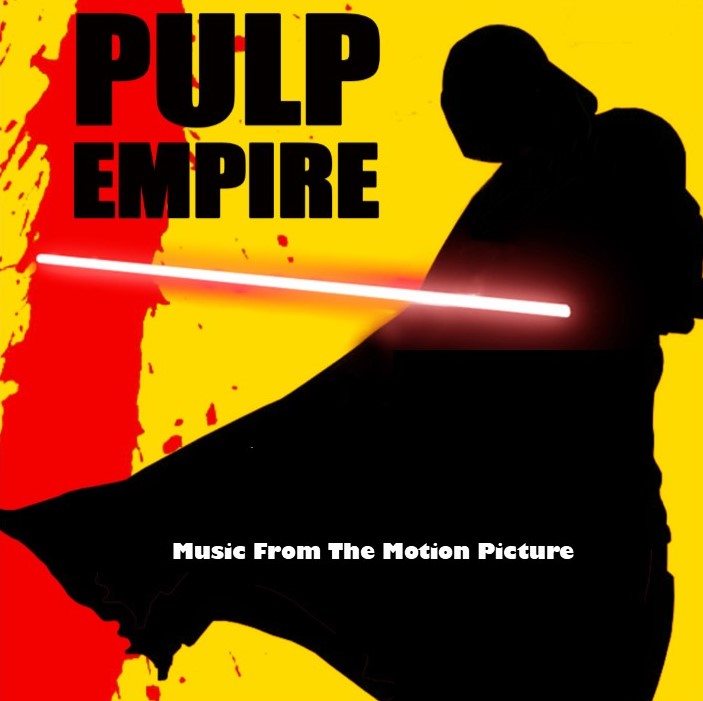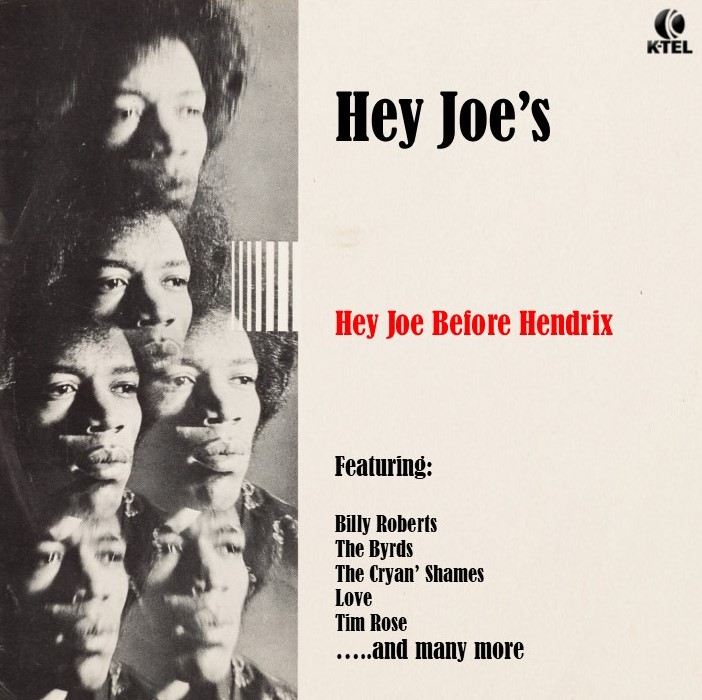
A bit of an odd one here, or just different; I’ll let you decide. I knew that ‘Hey Joe’ was not an original song by Jimi Hendrix but it could be argued that it is the most well know of all of the versions that have been recorded. I must admit that I I wasn’t really aware of any others until I started listening to American Garage bands of the mid 60’s. The excellent ‘Nuggets’ box set from 1998 introduced me to the version by The Leaves, which was considerably faster than the version released by Hendrix. Later on when I started to buy up the expanded editions of The Byrds back catalogue at the turn of the century, they had included a version of the song on their ‘5th Dimension’ album, but this was of a similar speed to The Leaves version. It would seem that any band worth their salt in the Southern California music scene was playing it.
The authorship of the song has been contested down the years. Some recordings list it as traditional, some by Dino Valenti (which was a pseudonym of Quicksilver Messenger Services’ Chet Powers) or Billy Roberts.
Roberts copyrighted the song in 1962 and is said to have been performing it for a few years before this. Roberts may well have taken inspiration from other songs for his own, being as he was part of the folk tradition and in that authorship can be a lot more fluid. Just look at some of the works of Bob Dylan. Roberts could well have taken inspiration for his song from the following. ‘Little Sadie’, a traditional folk ballad which does go by a number of other names (such as Bad Lee Brown and Late One Night). It tells the story of a man who is arrested after a shooting a woman, the identity of whom changes depending on the version. The earliest version of this song I could find was released in 1930 by Clarence Ashley. ‘Hey Joe’ by Carl Smith which not only shares the title but the idea of questioning between the characters in the song. Lastly, there is ’Baby Please Don’t Go to Town’ which was written by Roberts’ girlfriend, by Niela Horn. This last one shares a similar chord progression and melody.
While the authorship of the song was contested even back in the 60’s, the song itself became a garage rock classic. It it even made its way to the UK when it was recorded by Kenny Barnard, even though he changed the lyrics so he could claim a writers credit for himself.
It was upon hearing this version by Bernard that inspired me to think about a compilation of the versions recorded before Hendrix did. The Hendrix version is so famous that the slow version became the norm after it was released and the garage rock version played at a much higher tempo has therefore been all but forgotten. I wondered if there were enough versions of it to compile a LP’s worth of material and to my surprise, there was. I have included the demo recording that Roberts made in the early 60s as the opening track followed by The Rogues. This is not strictly ‘Hey Joe’, but seems to be more of an answer record, something we don’t see very often these days. It uses a very similar chord sequence and structure but it is a bit odd to have an answer record to a song that has yet to have a release.
The version by The Leaves is considered to be the first cover of ‘Hey Joe’ but even this is in dispute as very lo-fi recording by a band called The Swamp Rats seems to have come out first. Strangely, The Leaves version is the only recording of the song to break the top 40 in the US Billboard single chart. The version by the Jimi Hendrix Experience did not even make the charts.
The remainder of the songs are not in any particular order. They only had to have been recorded before Hendrix released his version. The band, The `Warlocks included here are not the same ones that would change their name to the Grateful Dead.
Side A
- Hey Joe – Billy Roberts
- Wanted: Dead Or Alive – The Rogues
- Hey Joe – Swamp Rats
- Hey Joe – The Leaves
- Hey Joe (Where You Gonna Go) – The Standells
- Hey Joe – Love
- Hey Joe – Tim Rose
- Hey Joe – The Music Machine
Side B
- Hey Joe (Where You Gonna Go) – The Byrds
- Hey Joe – Safaris
- Hey Joe – Gonn
- Hey Woman – Kenny Bernard
- Hey Jo – The Warlocks
- Hey Joe (Where You Gonna Go) – The Cryan’ Shames
- Hey Joe – The Shadows of Knight
Bonus 7” EP
As this is my compilation, I thought I would include a bonus 7” EP of the songs that could be said to have inspired the original song. I have included an extra song with ‘Penitentiary Blues’ by Buddy Baker. This shares similar lyrics to ‘Little Sadie’ and could be the earliest version of this songs to be recorded.
Side A
- Baby, Don’t Go To Town – Neila Miller
- Hey, Joe – Carl Smith
Side B
- Penitentiary Blues – Buddy Baker
- Little Sadie – Clarence Ashley
To find out more on this, I would recommend ‘Hey Joe: The Unauthorised Biography of a Rock Classic’ by Marc Shapiro.
The front cover based upon the US picture sleeve of the Jimi Hendrix’s Experiences Hey Joe Single. I included the K-Tel logo because I felt that this was the sort of compilation they may well have released if they had had the inclination. I do remember they liked a themed compilation even though I am sure they would not have released one solely based around one song.
